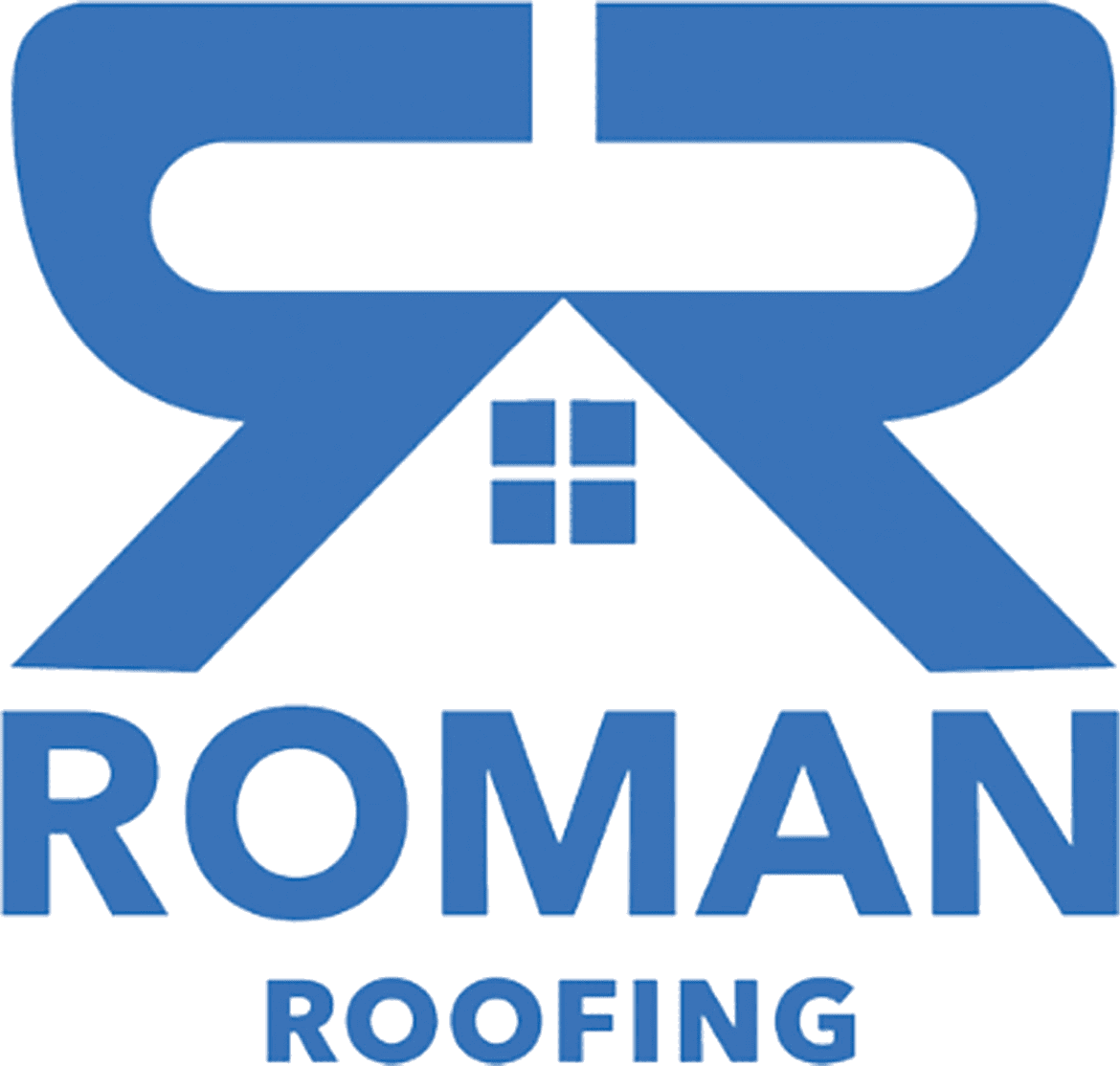In the roofing industry, safety isn’t just a buzzword; it’s a lifeline. Roofers face a host of challenges, from the perils of high altitudes to the unpredictability of weather conditions. Over the years, the industry has not only fine-tuned its safety protocols but has also integrated cutting-edge technologies to protect its workforce. This comprehensive article explores the evolving landscape of roofing safety, spotlighting the best practices and innovations that are redefining industry norms.
Harnessing Safety: The Evolution of Fall Protection
Fall protection remains a cornerstone in roofing safety. While harnesses, guardrails, and safety nets have long been staples, the industry is now adopting advanced harness systems equipped with shock-absorbing lanyards and self-retracting lifelines. These innovations offer roofers greater freedom of movement without sacrificing safety.
Climbing New Heights: Ladder Safety Reimagined
Ladders are essential but risky. Traditional best practices dictate that ladders should be stable, extend above the roof edge, and be securely anchored. However, modern ladders are taking safety up a notch with features like wider bases, non-slip rungs, and built-in level indicators.
Weathering the Storm: Technological Aids for Weather Precautions
Adverse weather conditions can turn a roofing job into a hazardous endeavor. While it’s a best practice to avoid roofing in extreme weather, new weather apps and software are providing real-time updates, enabling teams to schedule their work during safer conditions.
Training for Tomorrow: Virtual Reality in Skill Development
Comprehensive training is non-negotiable in roofing. The industry is now leveraging Virtual Reality (VR) to offer immersive training experiences, allowing workers to simulate various roofing scenarios and practice safety measures in a risk-free environment.
Gear Up: The Future of Personal Protective Equipment (PPE)
PPE has evolved beyond the basics. Smart helmets with augmented reality capabilities are now available, offering features like safety alerts and site blueprints, thereby enhancing a worker’s situational awareness on the job.
Tools of the Trade: Innovations in Tool Safety
Tool safety is paramount. The industry is moving towards cordless and ergonomic designs, which not only reduce tripping hazards but also minimize physical strain. Some modern tools even feature safety interlocks to prevent accidental activation.
Fireproofing the Roof: Advances in Fire Safety
Open flames and torches pose significant fire risks. The industry is increasingly adopting flameless roofing systems that use adhesive bonding or mechanical fastening, thereby eliminating the need for open flames altogether.
Heavy Lifting: Robotic Solutions for Material Handling
Proper lifting techniques and equipment-assisted transport of materials are essential for minimizing manual handling risks. Innovations like robotic material carriers are being explored to make this process safer and more efficient.
Clear Signals: Communication in the Digital Age
Clear communication is vital, especially in noisy work environments. Wireless headsets with noise-cancellation features are becoming the new standard for unambiguous communication among team members.
Always Prepared: Emergency Response in the Modern World
Every roofing site should have a robust emergency response plan. Wearable tech like smartwatches can now detect falls or sudden impacts and automatically alert emergency services, adding an extra layer of safety.
The future of roofing safety is a blend of traditional best practices and technological advancements. As the industry continues to innovate, the focus on creating a zero-hazard environment is intensifying, making it safer for every roofer on the job.

